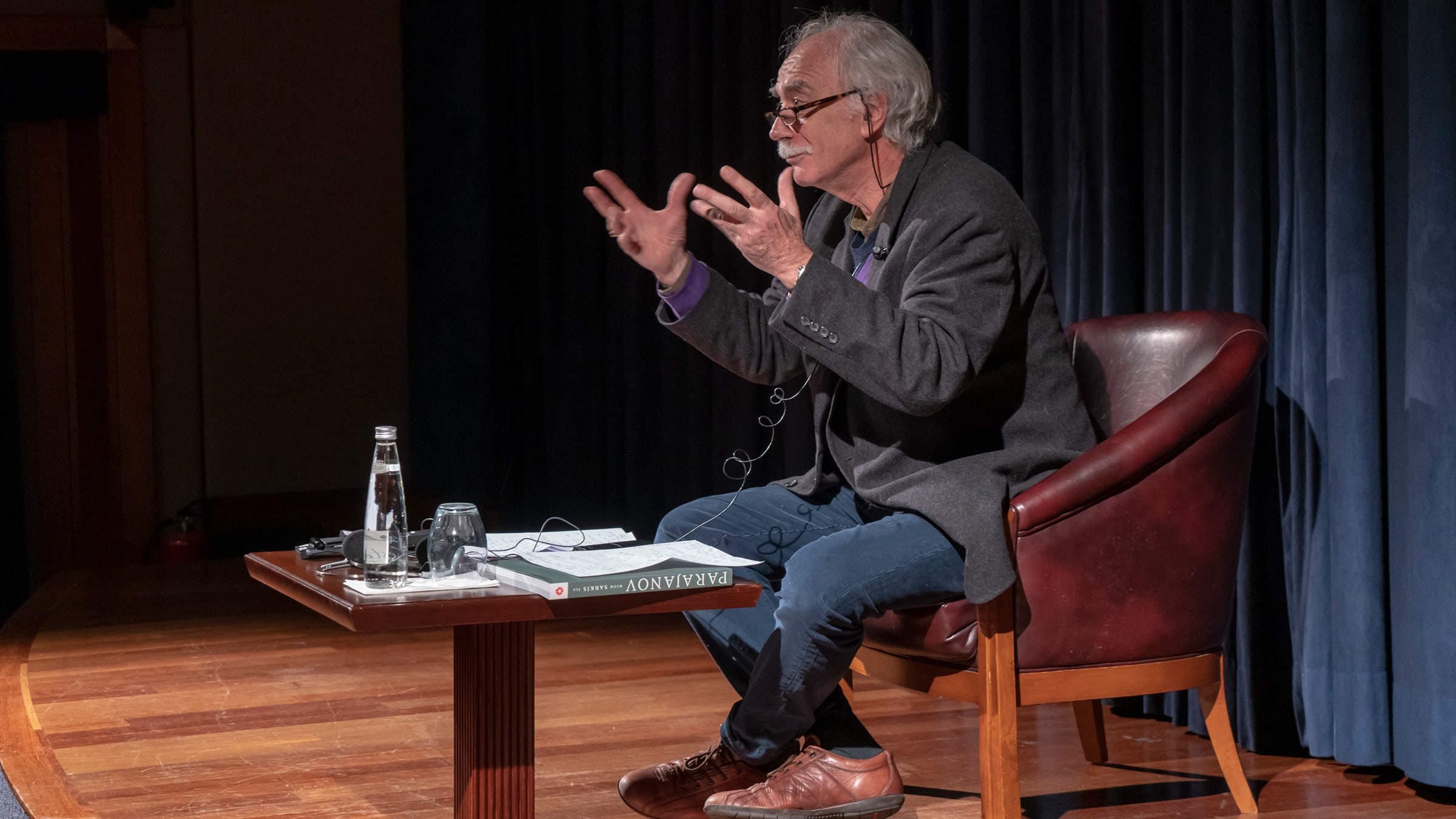December 13, 2018 - March 17, 2019
Pera Museum presented for the first time in Turkey a selection that brought together all periods of the versatile, multicultural visual world of renowned director Sergey Parajanov, master of poetic cinema. Featuring many works across a wide spectrum ranging in style from the traditional to pop-art, from strikingly unique collages to storyboard drafts, from film costumes to drawings, paintings, mosaics, objects and photographs, the exhibition shed light on the brilliant and fertile world of the artist.
Born in Tbilisi, Parajanov received singing and violin lessons as a child, displayed an interest in ballet and painting, worked with a theatre troupe, wrote scripts and embraced all branches of the fine arts. He settled in Moscow and studied at VGIK, the State Institute of Cinematography. His unique, breathtaking and spectacular cinematic language places him among the most important directors in film history.
Childhood, family, religion, captivity, freedom, multiculturality and traditional themes are at the forefront of his works, yet Parajanov engages with everything about life. Although he approaches many different genres, his work does not fit into any single category, it remains original throughout. Because of his dissident stance, he suffered under the Soviet regime, and was imprisoned for long periods. Even when free, he was deprived from the means to make films –this was how he begun to make his collages, discovering potential in any kind of material he came across. The boundless world of fantasy and symbolism in his collages reveals him as a master of the art of objects. His collages also brought him freedom, and the means to transcend borders and as in his films, his powerful creative energy found further expression in this medium.
The exhibition also featured works exclusively created in homage to Parajanov by Sarkis, another master artist who passionately followed him.
This exhibition had been prepared in collaboration with the Sergey Parajanov Museum, and a selection of Parajanov’s films also screened in a parallel program.
Exhibition Catalogue

Pera Museum presented a selection that brings together the visual world of renowned director Sergey Parajanov, for the first time in Turkey. Featuring many works across a wide spectrum ranging in style exhibition sheds light Sergey Parajanov’s imaginary world, a selection that brings together all periods of the versatile, multicultural visual world of the master of poertic cinema.

Geographer and film critic Jean Radvanyi is giving a talk as part of “Parajanov with Sarkis” exhibition, exploring Parajanov’s cinema in the Soviet context. Sergey Parajanov was born in 1924, in a family of Armenian merchants in Tbilisi, the capital of Georgia.
Video
Presented as part of Parajanov, with Sarkis exhibition, Pera Film’s Rebel Images: Sergey Parajanov is a collection of the director’s films given form by his unbridled imagination and documentaries that showcase the testimonies of artists who have been inspired by Parajanov’s work.

Józef Brandt harboured a fascination for the history of 17th century Poland, and his favourite themes included ballistic scenes and genre scenes before and after the battle proper –all and sundry marches, returns, supply trains, billets and encampments, patrols, and similar motifs illustrating the drudgery of warfare outside of its culminating moments.

The Suna and İnan Kıraç Foundation’s Orientalist Painting Collection includes two children’s portraits that are often featured in exhibitions on the second floor of the Pera Museum. These portraits both date back to the early 20th century, and were made four years apart. One depicts Prince Abdürrahim Efendi, son of Sultan Abdulhamid II, while the figure portrayed on the other is Nazlı, the daughter of Osman Hamdi Bey.
Tuesday - Saturday 10:00 - 19:00
Friday 10:00 - 22:00
Sunday 12:00 - 18:00
The museum is closed on Mondays.
On Wednesdays, the students can
visit the museum free of admission.
Full ticket: 300 TL
Discounted: 150 TL
Groups: 200 TL (minimum 10 people)